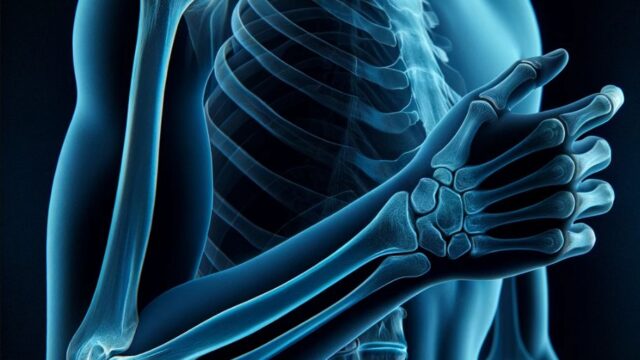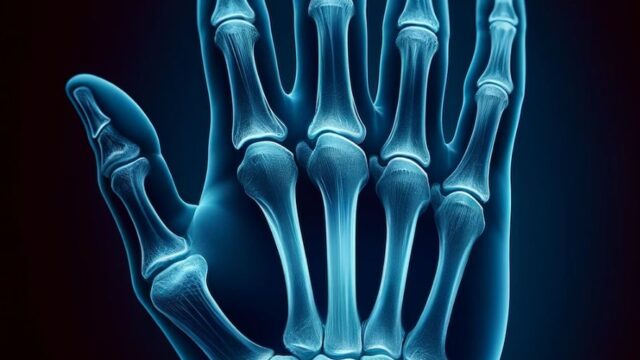Purpose
Observe the widening of the medial joint space associated with injuries to the syndesmosis and deltoid ligament. To assess injuries to the deltoid ligament and other medial ligaments, manual eversion stress and gravity stress imaging are used.
Prior confirmation
Remove any obstacles.
Positioning
Lateral decubitus position with the affected side down.
Slightly flex the knee of the affected side.
Place the non-affected side behind the affected side.
Positioning block is placed under the lower leg of the affected side, extending the ankle joint outside the table.
To project the Mortise of the ankle, similar to AP imaging, internally rotate the entire lower leg of the affected side by 10-20°.
Place the R/L marker.
CR, distance, field size
CR : Horizontal beam directed towards the midpoint between the lateral and medial malleoli.
Distance : 100 cm
Field size : Narrowed down to include the distal one-third of the lower leg.
Exposure condition
50kV / 4mAs
Grid ( – )
Image, check-point
Normal : Fig.3c, Abnormal : Fig.3d
The mortise of the ankle joint should be clearly visible.
Include the distal one-third of the lower leg.
Cortical bone and trabecular bone should be clearly observed.
Ensure the presence of the R/L marker.
There should be no motion-induced blurring.
Videos
Related materials









